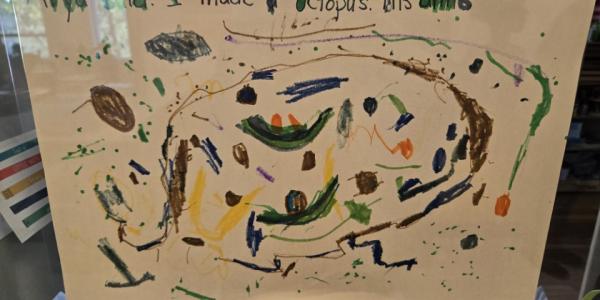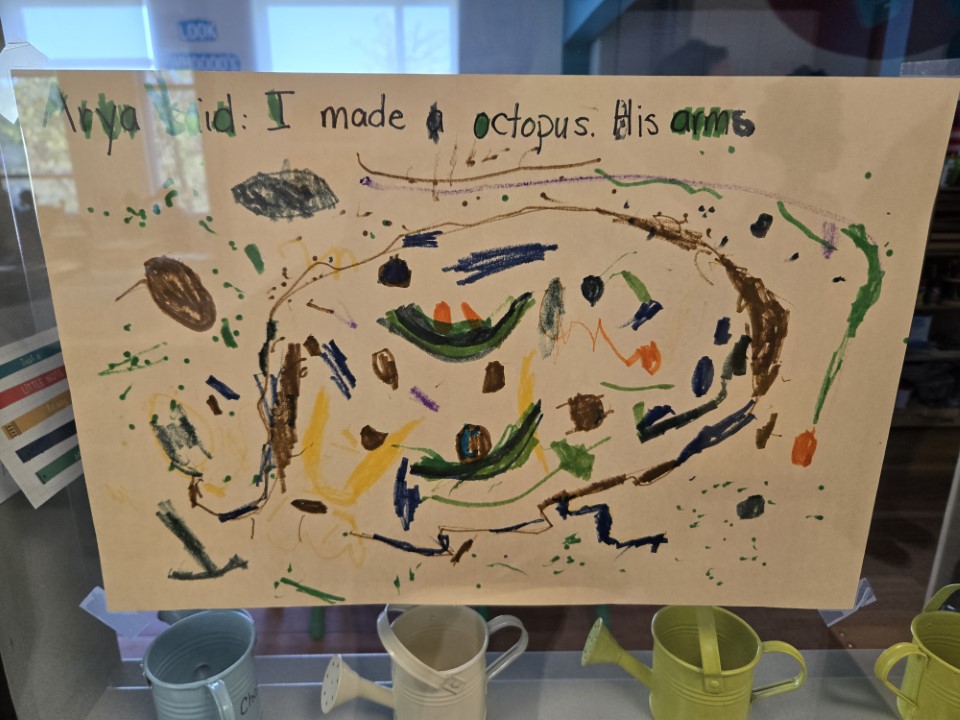Leadership in Early Learning Programs and Schools

You are here
Picture a leader in your setting. Who do you see? What do they do? How did they become a leader? Do you picture yourself as a leader?
Leadership can take many forms, and early childhood professionals in all roles hold great potential to lead. Along with leaders who impact change at an organizational level, teachers and others working with children demonstrate leadership. They do this as they offer insights to principals and colleagues about how play and learning support each other. They offer words of comforting self-reflection when they overhear a neighboring educator having a difficult day. They engage in myriad other activities as leaders affecting their immediate contexts and beyond.
Some educators step into a leadership role without formal preparation, supports, or mentoring, leaving them to figure out much on their own. Others are in the process of developing the qualities to positively impact broader policies and practices, although they may not have yet stepped into a leadership role.
This issue of Young Children examines what it means to be an early childhood leader, the journey to becoming a leader, how leaders identify and support high-quality curricula, and how leaders develop positive cultures and partnerships that cultivate equitable, joyful learning for children, families, and educators.
The cluster begins with “The Role of Early Childhood Leaders in Removing Bias from Behavior Guidance Policies.” Sascha Longstreth, Sarah Garrity, Anna Winneker, and Lise Fox outline seven key features of inclusive behavior policies. They offer an example of how one program leader used these features to establish and evaluate guidance policies for their setting.
“ ‘Keep Children at the Center’: A Discussion About the Principal’s Role in Creating Joyful, Supported Learning” captures Nikeysha Jackson’s approach to leadership, including details about how effective leadership links to child outcomes, family partnerships, and staff development. She shares how she ensures equitable opportunities and experiences for all children. Readers will also learn how they can take on new leadership roles.
The next two pieces connect leadership with well-being. “It Starts at the Top: Investing in Healthy Early Childhood Leaders, Leadership, and Workplaces” is written by Timothy G. Ford, Chris Amirault, Sarah “Sae” Chapman, Celene Domitrovich, and Brenda Lloyd-Jones. The authors cull from their research projects guidance and real-life voices and examples about nurturing early childhood leaders’ well-being.
Lieny Jeon, Dominique Charlot-Swilley, Cheryl A. Varghese, Shuai Li, and Sooyeon Byun also outline findings from their latest work about well-being. They tap into educators’ voices and experiences to present “Leading the Way: Strategies for Fostering Organizational Well-Being in Early Childhood Education,” which leaders can use to reflect on educators’ well-being in their settings.
In “The Power of BELLE: Creating a Pathway of Latine Education Leaders to Support Dual Language Learners,” Alexandra Figueras-Daniel, Ellen Frede, Carmen Espinosa, and Elise Genao describe their asset-focused, cohort approach to mentoring Latina, Spanish-speaking early childhood educators for leadership positions in their state of New Jersey.
Courtney Shimek, Aimee Morewood, and Allison Swan Dagen explore “Structures of Support: Developing Early Literacy Leadership Ecosystems.” As higher education faculty, they helped to grow pre-K through second-grade educators as literacy leaders in West Virginia, but their recommendations can be applied to local- and state-level efforts elsewhere.
The cluster ends with inspiration and advice. “Give Yourself the Permission to Lead” is excerpted from the book From Survive to Thrive: A Director’s Guide for Leading an Early Childhood Program, published by NAEYC. Debbie LeeKeenan and Iris Chin Ponte help directors think about how to build effectiveness as leaders, make intentional decisions, and lead with purpose.
Leading is complex, and effective leadership is needed at all levels of the early childhood ecosystem. I hope this issue assists your own reflections and efforts to lead in your immediate context and beyond.
—Annie Moses

A 3-year-old at House of Ruth’s Kidspace Child and Family Development Center in Washington, DC, created an octopus during independent center time.
Is your classroom full of children’s artwork? To feature it in Young Children, see the link at the bottom of the page or email [email protected] for details.
We’d love to hear from you!
Send your thoughts on this issue, and on topics you’d like to read about in future issues of Young Children, to [email protected].
Would you like to see your children’s artwork featured in these pages? For guidance on submitting print-quality photos (as well as details on permissions and licensing), see NAEYC.org/resources/pubs/authors-photographers/photos.
Copyright © 2025 by the National Association for the Education of Young Children. See Permissions and Reprints online at NAEYC.org/resources/permissions.
Annie Moses, PhD, is director of periodicals at NAEYC and serves as editor in chief of Young Children and Educating Young Children.
